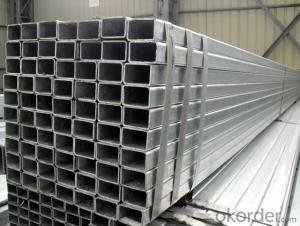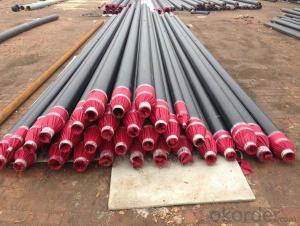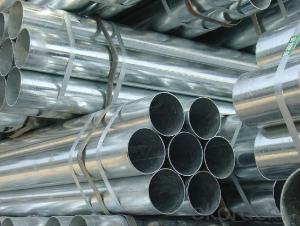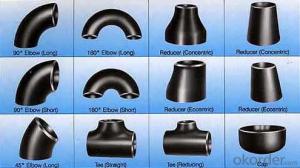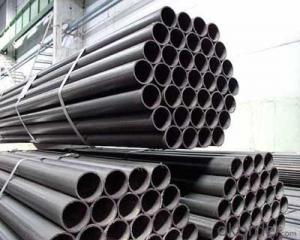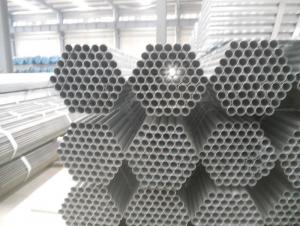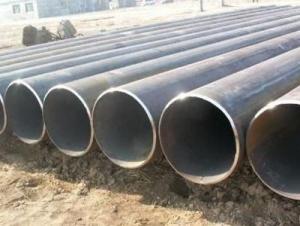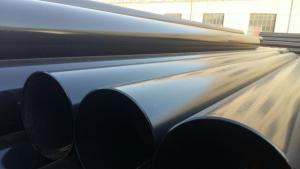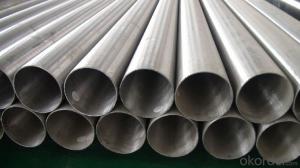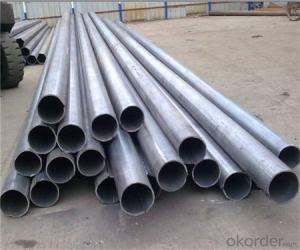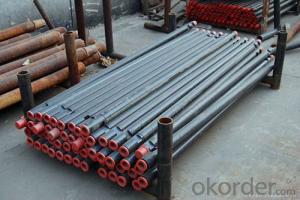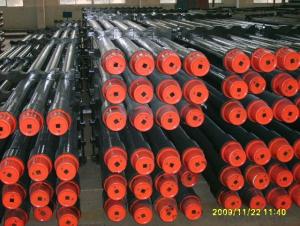All Categories
- - Steel Wire Rod
- - Steel Coils
- - Steel Profiles
- - Steel Pipes
- - Stainless Steel
- - Tinplate
- - Special Steel
- - Steel Sheets
- - Steel Rebars
- - Steel Strips
- - Hot Rolled Steel
- - Cold Rolled Steel
- - Pre-painted Steel
- - Seamless Steel Pipe
- - Welded Steel Pipe
- - Hollow Steel Tubes
- - Galvanized Pipe
- - Stainless Steel Coil
- - Stainless Steel Sheet
- - Stainless Steel Plate
- - Stainless Steel Strips
- - Electrolytic Tinplate Coil
- - Electrolytic Tinplate Sheet
- - Stainless Steel Rebars
- - Solar Panels
- - Solar Water Heater
- - Solar Related Products
- - Solar Inverter
- - Solar Cells
- - Solar Light
- - Solar Energy Systems
- - Solar Controllers
- - Solar Mounting System
- - Solar Pump
- - Solar Chargers
- - Fiberglass Chopped Strand
- - Fiberglass Mesh Cloth
- - Composite Pipes
- - FRP Pultrusion Profiles
- - Fiberglass Mat Tissue
- - Fiberglass Fabrics
- - Fiberglass Mesh
- - Composite Tank
- - Fiberglass Mesh tape
- - Polymer
- - FRP Roofing Panel
- - Fiberglass Roving
- - Monolithic Refractories
- - Ceramic Fiber Products
- - Refractory Bricks
- - Raw Materials For Refractory
- - Suspended Platform
- - Cranes
- - Concrete Machinery
- - Earthmoving Machinery
- - Building Hoist
- - Road Building Machinery
- - Plastic Pipe Fittings
- - Plastic Tubes
- - Plastic Sheets
- - Agricultural Plastic Products
- - Plastic Nets
 All Categories
All Categories
Q & A
What are the different impact testing methods for seamless steel pipe?
There are several impact testing methods used for seamless steel pipe, including Charpy V-notch test, Izod test, and drop weight tear test. These methods involve subjecting the pipe to a specific amount of force or energy and measuring the resulting deformation or fracture. The results of these tests help to determine the material's resistance to brittle fracture and its overall toughness, which are crucial factors in ensuring the reliability and safety of the pipe in various applications.
What is the difference between seamless and welded steel pipe?
The main difference between seamless and welded steel pipe lies in their manufacturing process. Seamless steel pipes are made from a solid cylindrical piece of steel called a billet, which is heated and then stretched to form a seamless tube. On the other hand, welded steel pipes are made by welding two or more pieces of steel together to create a continuous pipe. This welding process can be done either by using a high-frequency electric current (ERW) or by melting the edges of the steel and joining them together (SAW or LSAW). While seamless pipes offer higher strength and a smoother interior surface, welded pipes are more cost-effective and suitable for applications that do not require high pressure or temperature resistance.
Can seamless steel pipes be used for onshore applications?
Yes, seamless steel pipes can be used for onshore applications. They are commonly used in various industries such as oil and gas, construction, and infrastructure development for transporting fluids, gases, and solids in onshore environments. Their seamless nature helps to ensure high strength, durability, and resistance to corrosion, making them suitable for onshore applications where reliability and performance are crucial.
What are the different types of seamless steel pipes?
There are several types of seamless steel pipes, including carbon steel pipes, alloy steel pipes, stainless steel pipes, and duplex steel pipes.
Wholesale Seamless Steel Pipe from supplier in France
Some possible improvements to the text could be:
- Providing more specific information about the range of Seamless Steel Pipe products offered, such as sizes, grades, and specifications.
- Highlighting any unique features or advantages of the company's products or services.
- Including testimonials or case studies from satisfied customers in France to demonstrate the company's track record of success.
- Emphasizing the company's commitment to quality and compliance with industry standards.
- Mentioning any certifications or accreditations that the company holds, such as ISO or API certifications.
- Providing information about the company's distribution network or logistics capabilities in France.
- Including contact information or a call-to-action for interested customers to get in touch for further information or to request a quote.
- Providing more specific information about the range of Seamless Steel Pipe products offered, such as sizes, grades, and specifications.
- Highlighting any unique features or advantages of the company's products or services.
- Including testimonials or case studies from satisfied customers in France to demonstrate the company's track record of success.
- Emphasizing the company's commitment to quality and compliance with industry standards.
- Mentioning any certifications or accreditations that the company holds, such as ISO or API certifications.
- Providing information about the company's distribution network or logistics capabilities in France.
- Including contact information or a call-to-action for interested customers to get in touch for further information or to request a quote.


